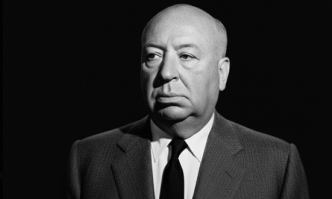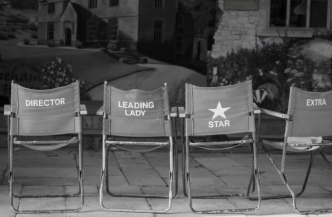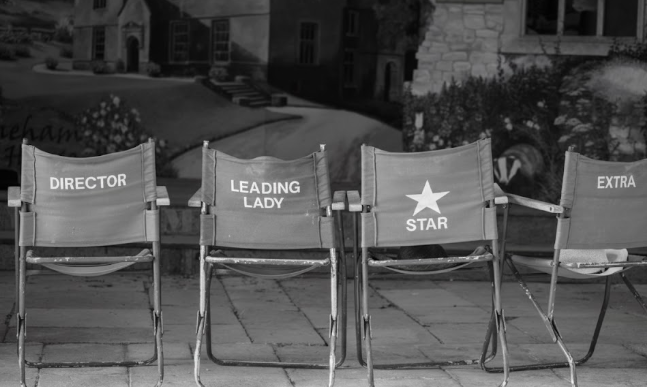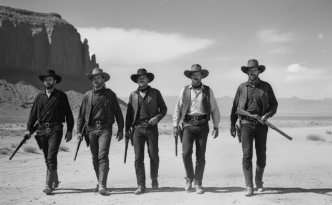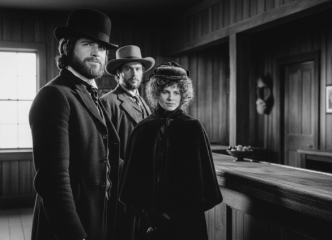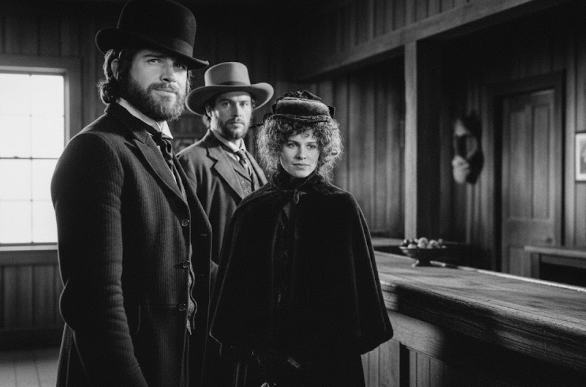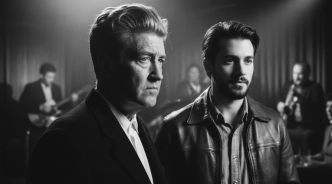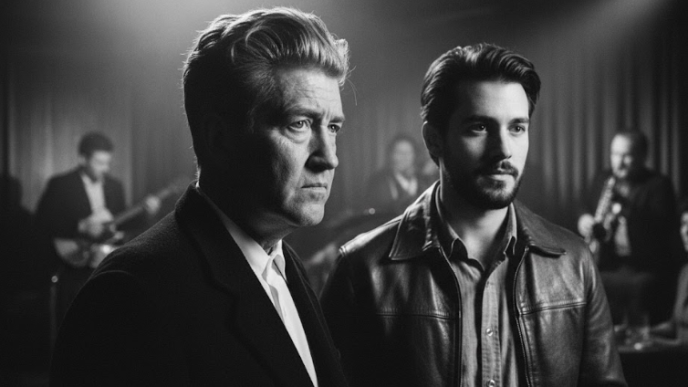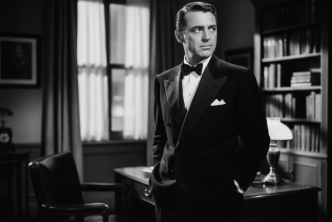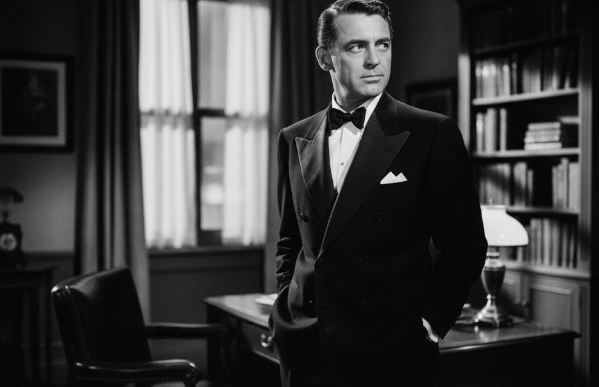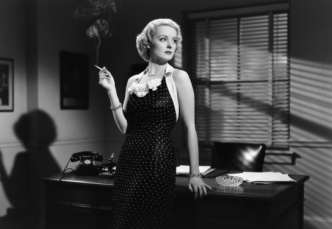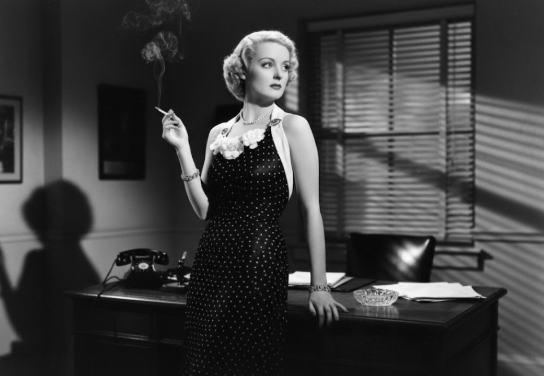Alfred Hitchcock was more than a director; he was a brand, a cultural icon, and the undisputed “Master of Suspense.” In a career that spanned six decades and over 50 films, from the silent era of British cinema to the golden age of Hollywood, he pioneered a new cinematic language, one that spoke directly to the audience’s deepest fears and anxieties.
Hitchcock was a master manipulator, not of his actors, but of his audience, wielding the camera as a psychological tool to create unbearable tension, often from the most mundane situations. His films are not just thrillers; they are meticulously constructed studies in voyeurism, guilt, and the fragility of order in a chaotic world. His influence is so profound that the term “Hitchcockian” has become a universal adjective for a specific style of suspense, cementing his legacy as one of the most important and innovative filmmakers in history.
From the East End to the Director’s Chair
Alfred Joseph Hitchcock was born in London, England, on August 13, 1899, to strict, Catholic parents. His childhood, which he described as lonely, was marked by a formative and fearful respect for authority. He famously recounted being sent by his father to the local police station with a note, only to be locked in a cell for several minutes as a lesson for misbehavior—an experience that instilled in him a lifelong fear of the police and a fascination with themes of wrongful accusation that would later define his work.
After studying engineering and art, Hitchcock entered the film industry in 1920, designing title cards for silent films at a London studio. He quickly learned every aspect of production, and by 1925, he directed his first feature, The Pleasure Garden. His 1927 silent film, The Lodger: A Story of the London Fog, was his first major success and helped to shape the thriller genre. With the advent of sound, he directed Blackmail (1929), Britain’s first “talkie.” By the time he left for Hollywood in 1939, he was already an internationally recognized director, but it was in America that he would create his most iconic masterpieces.
The Hitchcockian Toolkit: The Art of Suspense
Hitchcock’s genius lay in his systematic approach to filmmaking, where every camera angle, edit, and sound was meticulously planned to manipulate the viewer’s emotions. He famously distinguished between surprise and suspense, explaining that surprise is a bomb suddenly exploding, while suspense is showing the audience the bomb under the table and letting them watch the characters, unaware of their peril, as the timer ticks down. This principle—giving the audience more information than the characters—was the cornerstone of his style.
His key techniques included:
- Visual Storytelling: A firm believer in “pure cinema,” Hitchcock learned in the silent era to tell his stories visually, with dialogue as a secondary element. He used the camera as a narrative tool, employing dynamic movements, expressive close-ups, and distinct angles to convey emotion and information. A high-angle shot could make a character seem trapped and vulnerable, while a slow zoom into an object could signal its crucial importance.
- The Subjective Camera and Voyeurism: Hitchcock frequently used point-of-view (POV) shots to lock the audience into a character’s perspective, making them an active participant in the story. In Rear Window (1954), the entire film is an exercise in voyeurism, as the audience is confined with the protagonist, peering into the lives of his neighbors. This technique makes the viewer complicit in the act of watching, blurring the line between observer and participant.
- Masterful Editing: Hitchcock was a pioneer of editing techniques that created psychological tension. He used the “Kuleshov effect,” where the audience’s interpretation of an actor’s neutral expression changes based on the image that follows it. His use of montage, particularly the infamous shower scene in Psycho (1960), used dozens of rapid cuts to create a visceral sense of violence and terror without ever showing the knife penetrating the skin.
- The MacGuffin: Hitchcock popularized the concept of the “MacGuffin,” a plot device that the characters are obsessed with but that is ultimately irrelevant to the audience. Whether it’s the stolen money in Psycho or the government secrets in North by Northwest (1959), the MacGuffin serves only to set the plot in motion, allowing Hitchcock to focus on what truly interested him: the psychological drama of his characters.
- Sound and Music: Hitchcock understood the power of sound to create atmosphere. He collaborated with composer Bernard Herrmann on several films, and their work together is legendary. The screeching, stabbing violins in Psycho are as terrifying as any visual, and the lush, haunting score of Vertigo (1958) is inseparable from the film’s themes of obsession and loss.
Recurring Themes and Enduring Legacy
Across his filmography, Hitchcock returned to a set of signature themes: the innocent “wrong man” caught in a web of intrigue (The 39 Steps, North by Northwest), the psychological complexities of guilt and paranoia (Shadow of a Doubt, Vertigo), and the dark underbelly lurking beneath a placid, ordinary surface. His famous cameos in his own films and his droll, morbid humor on his television show, Alfred Hitchcock Presents, made him a celebrity as recognizable as any of his stars.
Though nominated five times for the Best Director Oscar, he never won—a historical oversight that does nothing to diminish his stature. Alfred Hitchcock was a true auteur who controlled every frame of his films, treating cinema not as a passive entertainment, but as an active, visceral experience. He didn’t just make movies; he engineered them, building intricate machines of suspense that continue to thrill and terrify audiences to this day.

Dario Loce is the founder and editor of Celebrimous. He is a lifelong film enthusiast and the author of several locally-published books on cinema history and analysis. His passion is deconstructing the “how” and “why” of filmmaking, from the director’s vision to the editor’s cut. When not lost in a classic film, he’s usually walking through the city, replaying scenes in his mind like unfinished stories.
